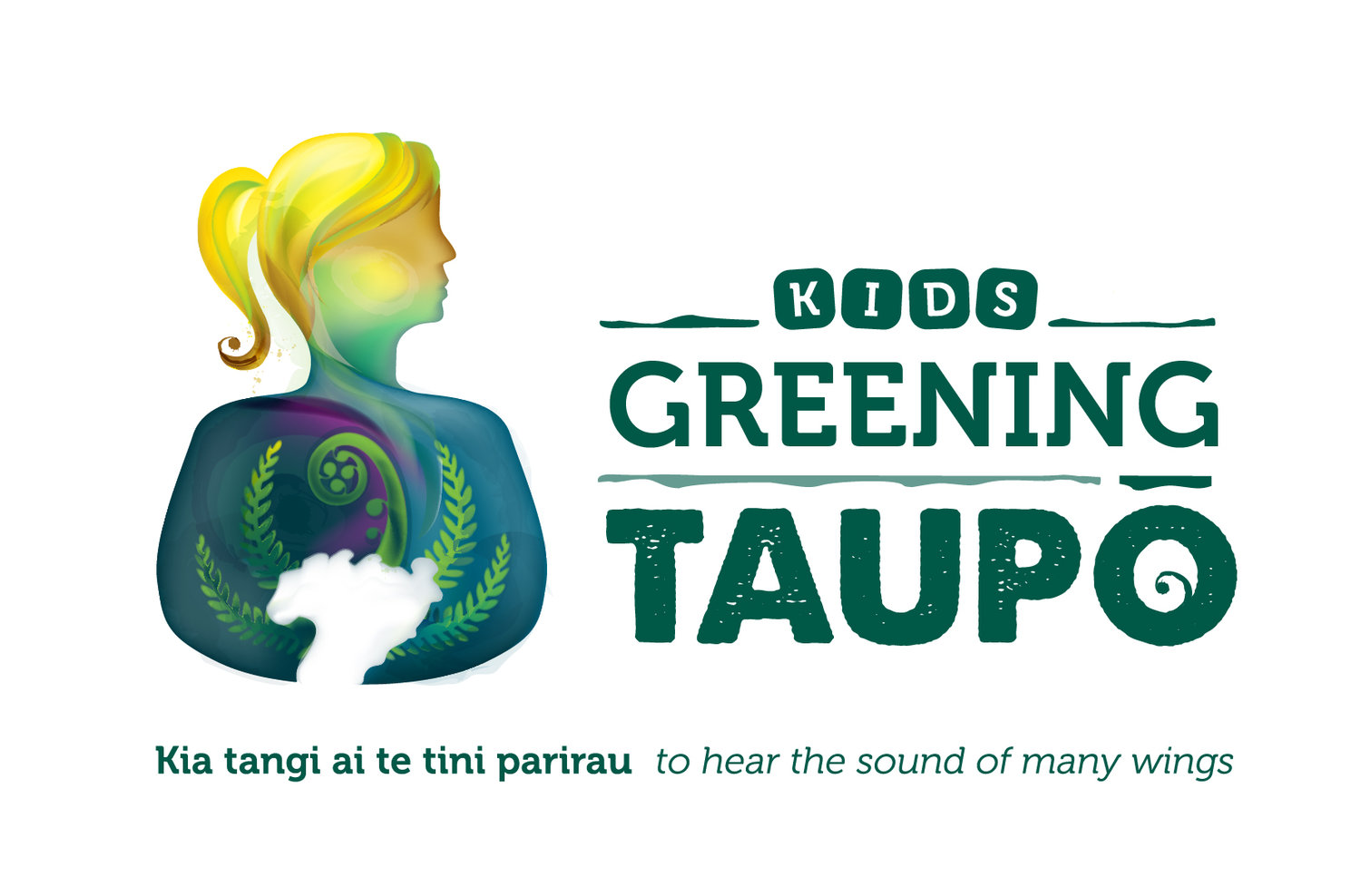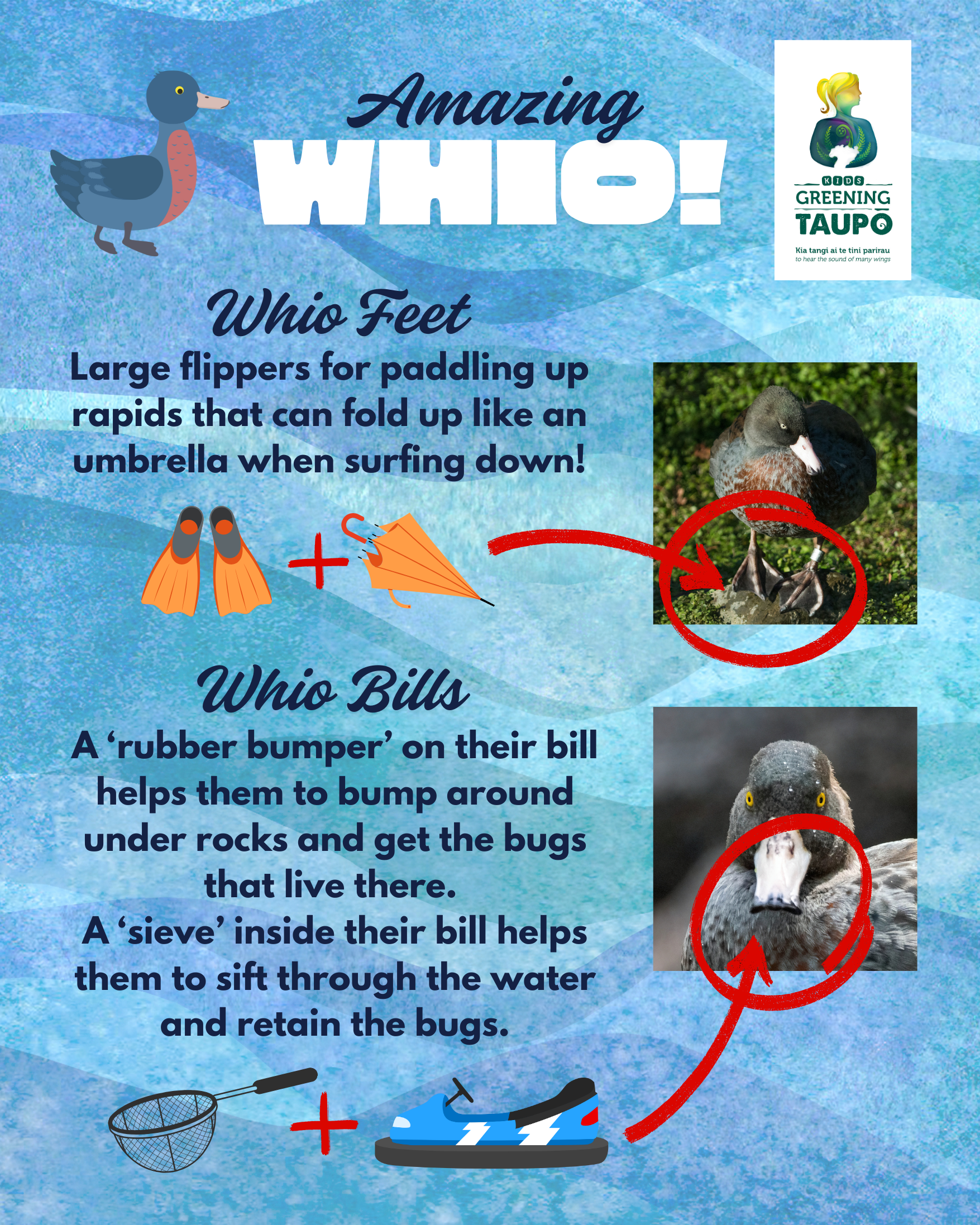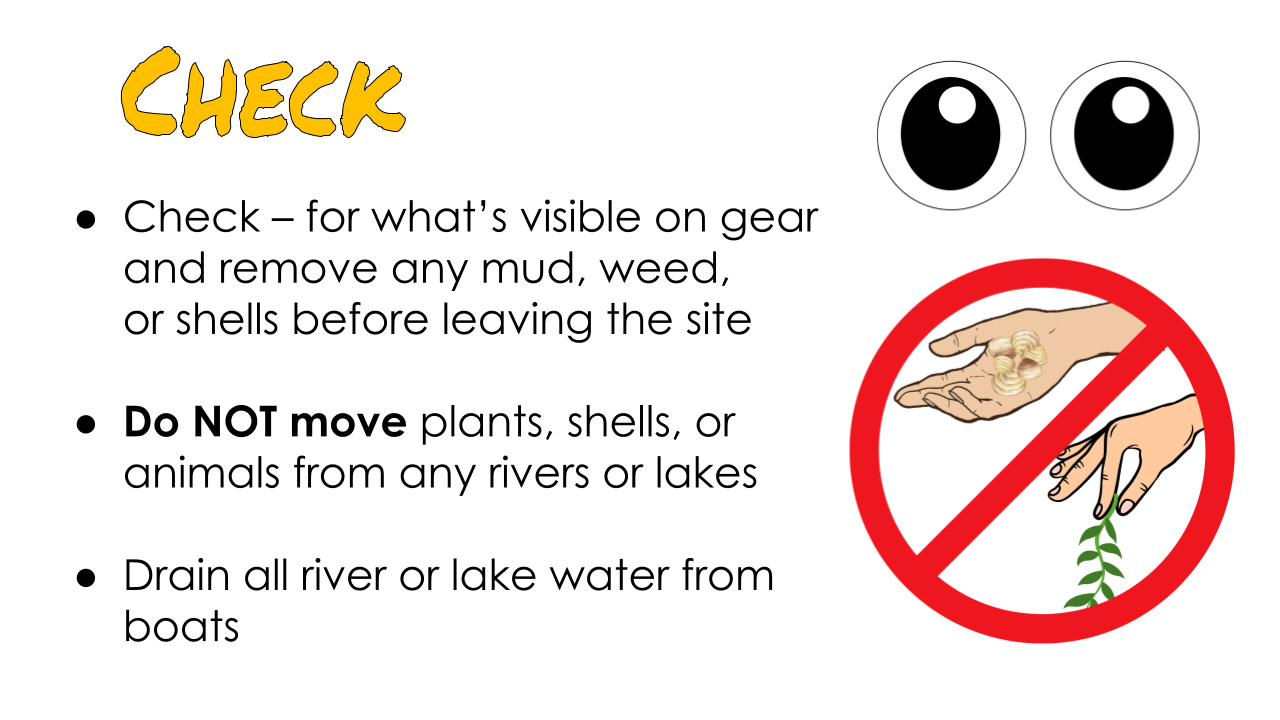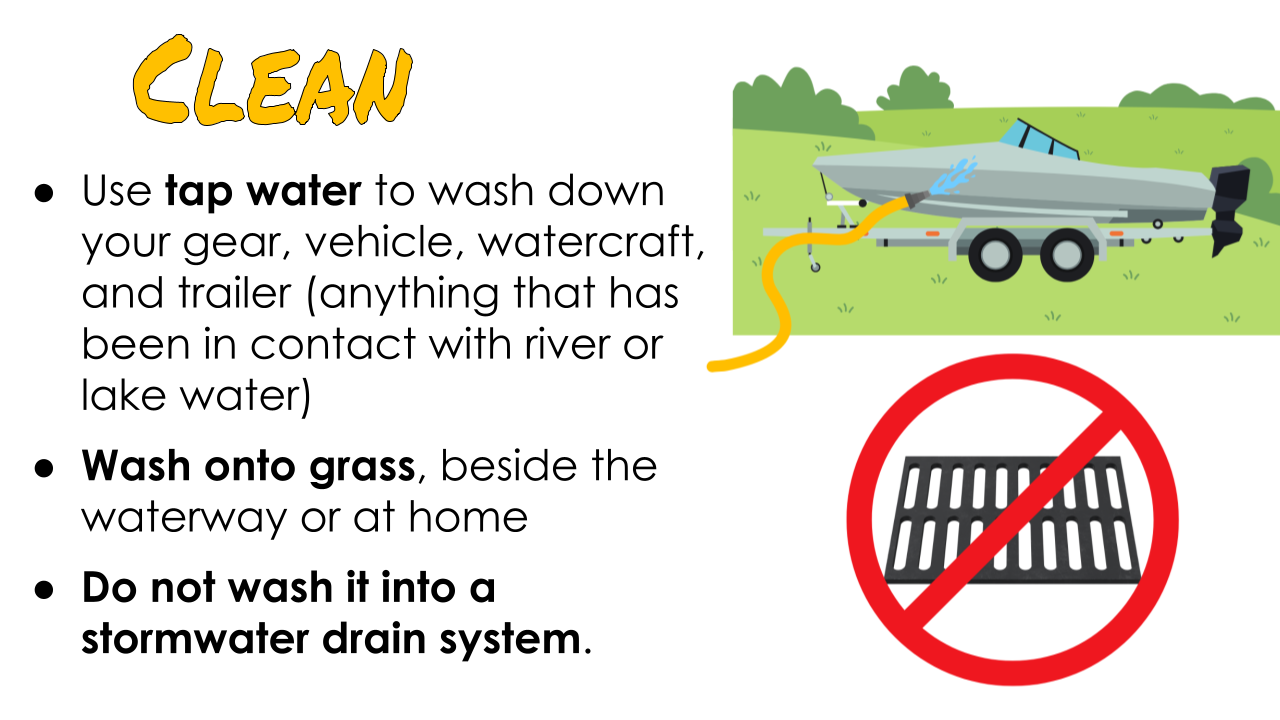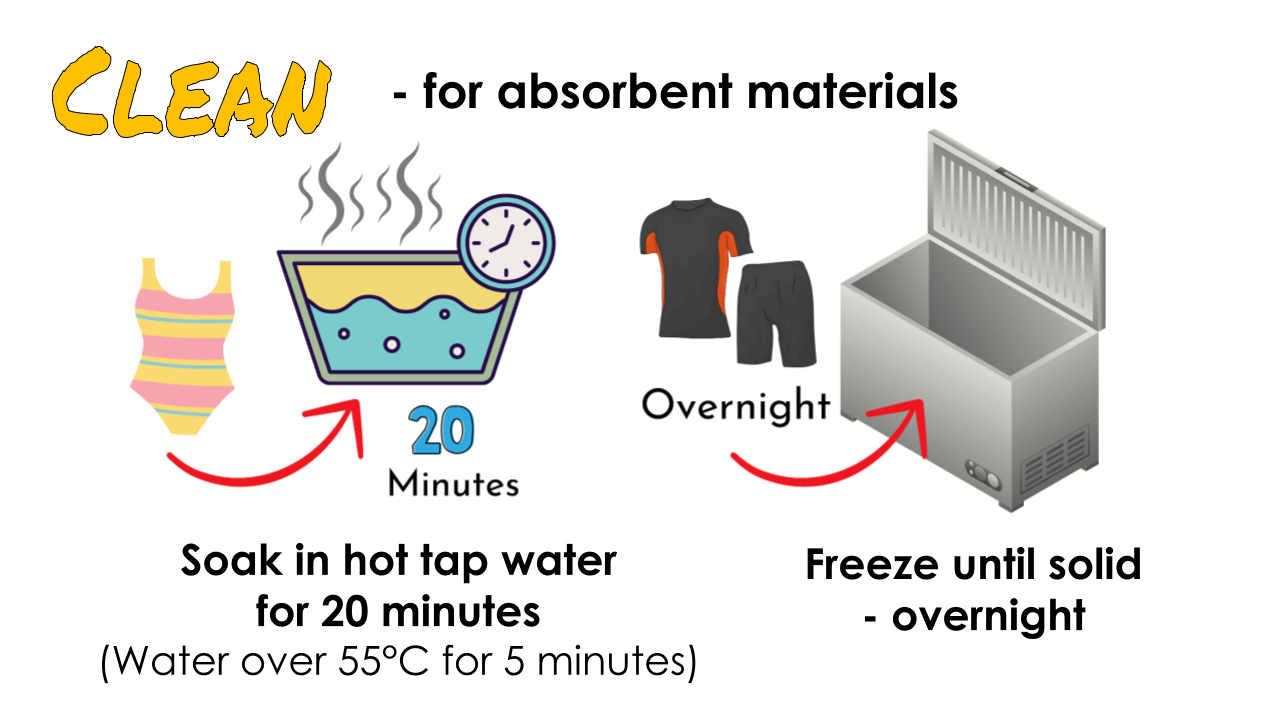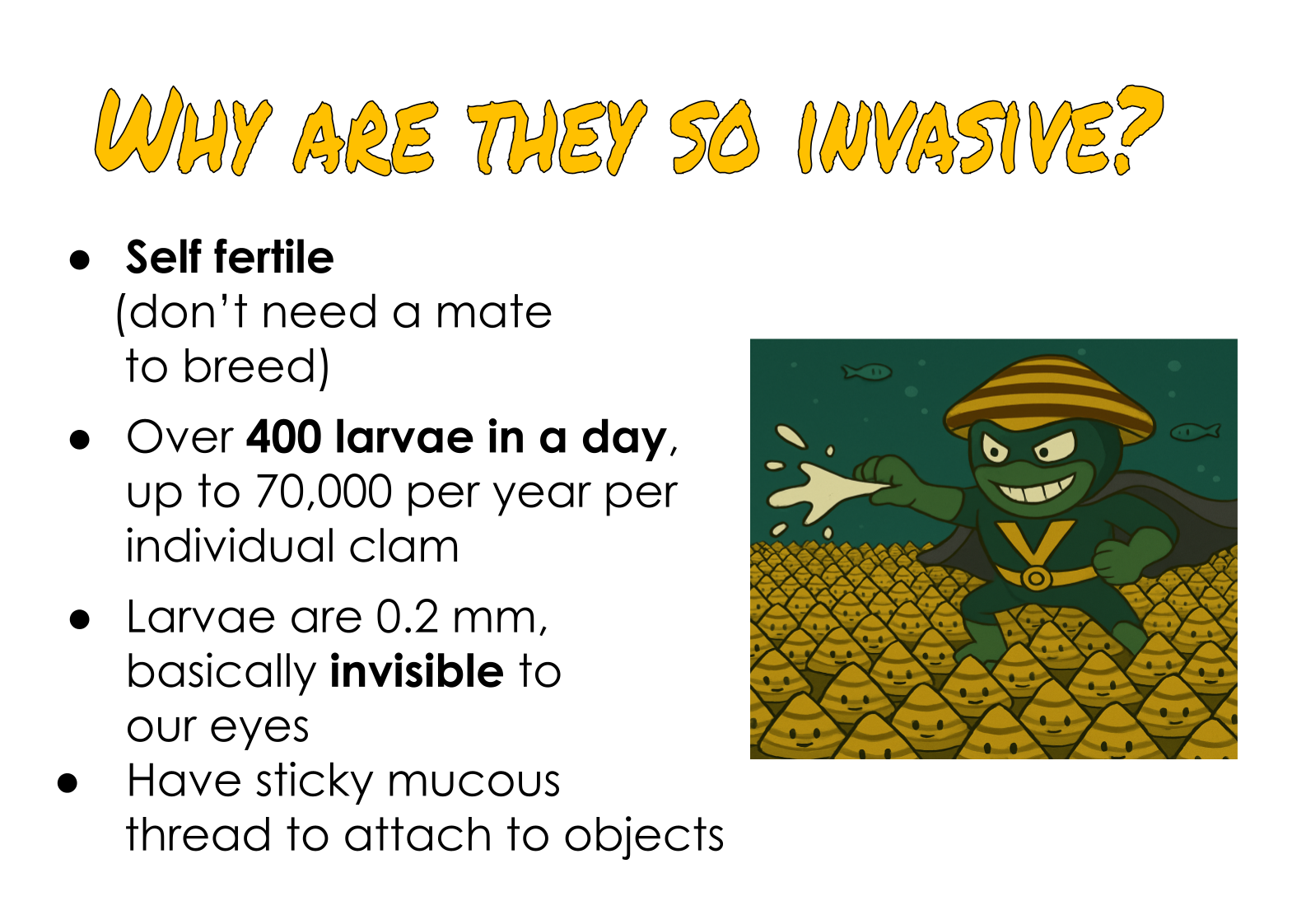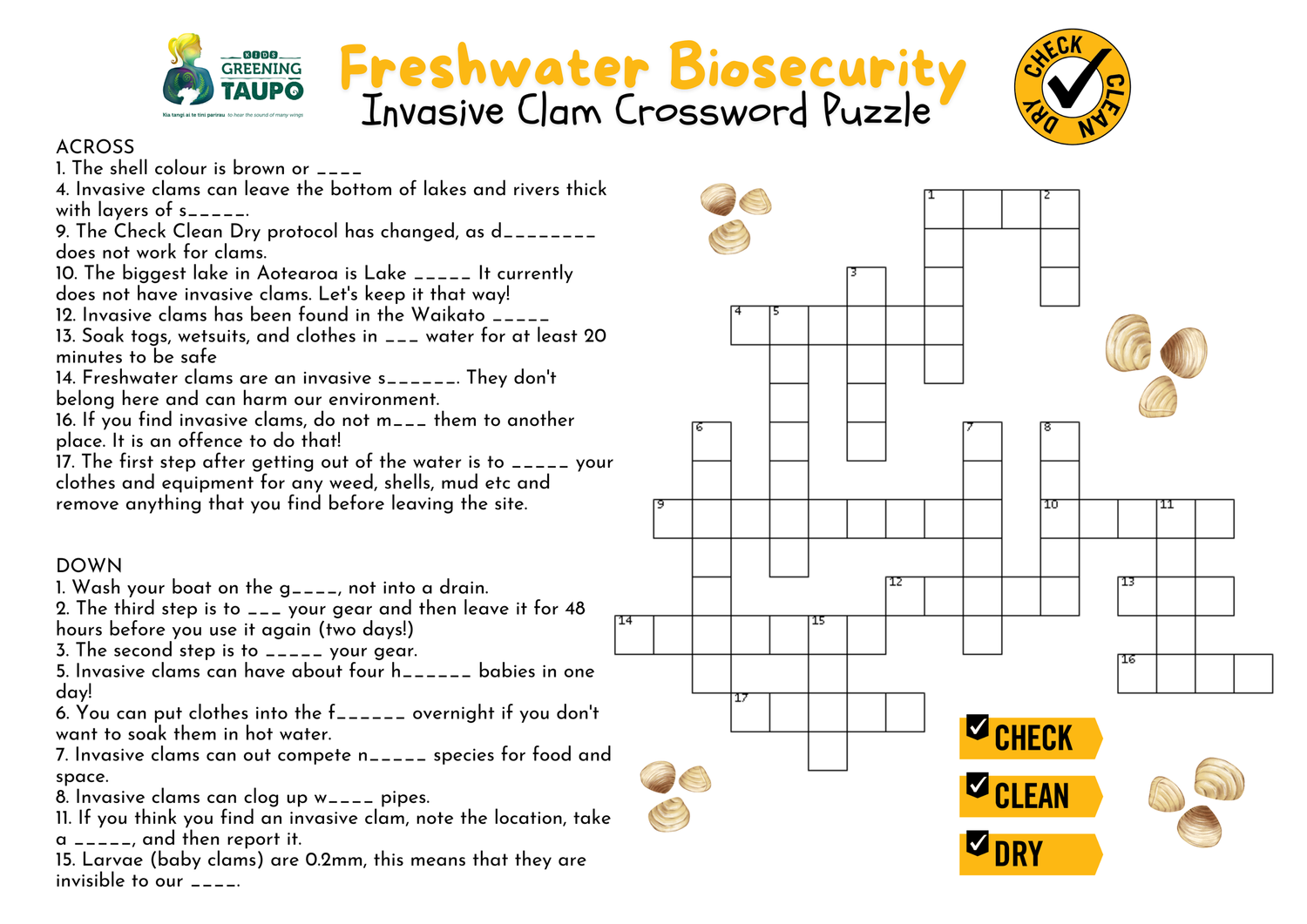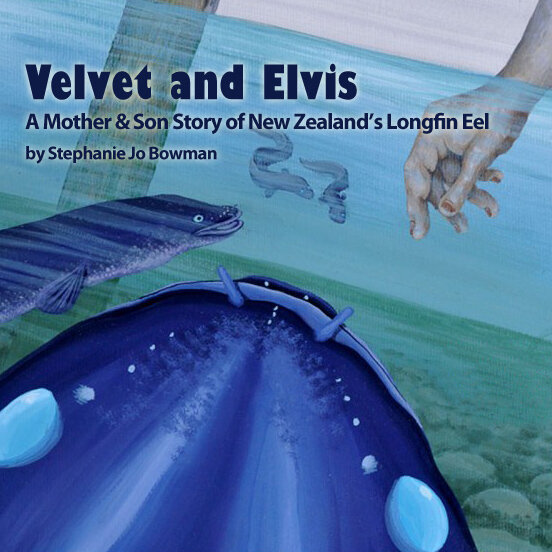River Ecosystems
Nau Mai! Welcome to the Kids Greening Taupo Online Nature Classroom!
This Online Nature Classroom is all about River Ecosystems!
LET’S START WITH THE BIGGER PICTURE-
How much water is there on Earth?
There is a lot of water in the world but most of it is either not accessible to people or it is salt water.
Approximately 97% of the world's water is held in the moana/oceans (salt water).
Another 1.7% of earth’s water is locked into frozen form, glaciers and icecaps which we can’t access.
Another 1% is saline (salty) groundwater.
This leaves us with less than 0.3% of the water in the world that we can potentially access and use as fresh water.
Learn more HERE.
What is freshwater?
Freshwater, or Wai Māori, is water that is not salty, unlike the sea. This water comes in many different forms such as rain, rivers and lakes.
Different types of freshwater ecosystems.
As you may have seen from travelling around your area or Aotearoa, there are lots of different places that freshwater exists. Some of the often seen environments in New Zealand are lakes and rivers. Taupō is the biggest lake in Aotearoa and the river that flows from it, the Waikato River, is the longest river in New Zealand. Wetlands are another major freshwater habitat. This is land that is flooded by water. Wetlands act as filters for freshwater, they slow water down and can absorb nutrients.
Some other places that we consider freshwater environments are underground streams, aquifers, and geothermal areas.
Why is freshwater important?
Freshwater is important for many different reasons:
People and animals need freshwater to live.
It is home to many different species.
Freshwater ecosystems are part of a wider food web (see below)
Freshwater is an important place to Māori for mahinga kai (food gathering).
Freshwater is an important part of people’s connection to land and to other people.
Some freshwater systems are used to generate power.
Freshwater environments can be a nice place to visit and relax in/on/near.
Threats to freshwater systems in NZ:
There are many things that can negatively affect freshwater ecosystems. Threats to freshwater ecosystems will depend on where you are and what type of ecosystem you’re looking at. These threats also exist on different scales, they can affect one point in a freshwater system or they can affect the whole catchment.
Some freshwater threats to note:
Pollution: this can come in many forms; nutrient runoff from farming or agriculture, rubbish from dumping or stormwater drains and spills from industrial areas.
Sedimentation: this is when sediment (dirt) is deposited in a waterway that smothers features in the ecosystem.
Habitat degradation: this is a large-scale threat and comes in many forms such as draining, channeling, damming and other modifications to a freshwater ecosystems natural form.
Freshwater pests: these include pest fish, invasive weeds and land pests that also affect waterways.
Mātauranga Māori around Wai Māori:
Whakataukī are metaphors that help us to learn about the world. A good way to learn about Mātauranga Māori related to freshwater is to read and absorb whakataukī. Here are some examples:
“He reo tō te wai, he reo anō tō te tangata, kotahi tonu te whakapapa, whakakotahitia”
Water has a language, and so too do people have theirs, both born of one whakapapa, united.
The above whakataukī acknowledges the importance of using our language and the language of our taonga in decision-making processes.
“E rere kau mai te awa nui mai te Kāhui Maunga ki Tangaroa, ko au te awa, ko te awa ko au”
The river flows from the mountain to the sea, I am the river, the river is me. The river gives to you and you give to the river by keeping it healthy.
“Ko te wai te ora ngā mea katoa”
Water is the life giver of all things.
An introduction to river ecosystems for younger students:
An introduction to river ecosystems for older students:
RESOURCES FOR EDUCATORS:
Head to the bottom of this page to find a range of wonderful resources for educators based on Freshwater education!
Our ‘Fill your Kete’ section will provide you with some fun nature activities based around our topic. As this unit is based around river ecosystems, we will be ‘diving deeper’ into River Ecosystems- learning about healthy waterways, the creatures living in and around the river, how rivers connect to our wellbeing, and following our local awa from 'the ‘Mountains to the Sea’.
Investigate local Waterway Health
There are many different methods you can use to figure out if your waterway is healthy. These can range from simply looking at your waterway to getting stuck into some hands-on science.
Start by looking at your awa/roto (river/lake) and consider the 4 C’s, clean, clear, cool, and cover. Activity sheet Activity Sheet HERE.
Next you can think about the mauri of your waterway. How alive does it feel? How does it feel to be next to the wai?
If your stream doesn’t look as nice as you think it could, ’Who dirtied the water’ activity will get you thinking about that.
If you want to closely investigate your waterway using science, you can use this resource from Science Learning Hub.
Once you’ve collected some data on your waterway you can record it so other scientists can see it and help you with your next steps. Here is one place you can record your data.
Explore a local river or stream
Head out to a local fresh water body with your whānau to learn about the cool creatures found living around the water, on and below the surface.
Learn how to sample macroinvertebrates below:
Macroinvertebrates are small creatures that live in our rivers and streams. Macro- means you can see them with your naked eye, and invertebrate means they don’t have a backbone!
Sampling methods:
If you have a sandy or muddy bottomed stream near you try these easy instructions.
For a rocky stream, try these.
Video examples of collecting macroinvertebrates from NIWA:
Identification guides to help you identify the cool creatures you see:
Now learn about life cycles!
Find out whether the macroinvertebrates that you found are in fact the larval stage of an insect. If so, can you find out what they will one day change into?
Some of them live for years underwater before changing into beautiful winged insects that only live for a few weeks, or even a few days!
Check out our local Taupō Scavenger Hunt/Identification sheet below:
See how different macroinvertebrates move in this Whitebait Connection video below.
Learn some more about dragonflies and their underwater life in the video below and in this article/radio interview. Did you know that they can shoot water from their bottom to torpedo themselves through the water and catch prey?
Freshwater Friends
When you visited your stream or river did you notice any other creatures living in or around the freshwater?
Learn about the other cool native creatures that can be found in and around rivers and streams below:
Choose your favourite freshwater creature and use that for inspiration for some art! What cool adaptations do your creatures have to allow them to live in their freshwater home? Are they camouflaged (do they blend in to where they live)? Do they have any unique features that allow them to survive? How do they move around? Try to use your new knowledge as part of your art details.
Check out the scavenger hunt below with a variety of creatures, some native, others introduced:
Learn About Repo/Wetlands
Repo, or wetlands, are sometimes thought of as ‘swamps’ or ‘bogs,’ words which have negative connotations (sound bad). They don’t sound as exciting or special as forests and beaches. However, wetlands are incredibly important and luckily more people are now beginning to realise their value to our biodiversity and ecosystems. Wetlands purify water as it runs from land to rivers/lakes/sea, they slow water down and help to prevent flooding, they sequester carbon from the atmosphere, they have cultural significance, and they provide an important habitat for many of our unique native species. Wow! They do a lot!
Sadly, people did not see the value of wetlands and over the years they have been drained to create farmland and urban landscapes. We have lost more than 90% of our wetlands. Check out the video below.
Can you fill in the 3P’s on the poster below to tell people why wetlands are so important? Go to our wetland resource to find the answers and print the pdf. Then choose an activity to do from the long list of awesome wetland learning experiences in the resource.
Curiosity questions
This activity involves some investigation into a freshwater macroinvertebrate. Pick a bug and follow their story. Below are some questions for you to consider. Link to download.
Once you have found some answers, write a letter, make a poster, a presentation or a video to share with your class at school, friends, whānau, and with us too! Let’s raise awareness of these awesome critters!
KI TE PANUI/ TO READ
This ki te Panui section is based on river ecosystems.
Head to the section below for the read aloud story, The Whitebait Wriggle written by Amber McEwan.
If you already have this book make sure you head outside to connect to nature whilst enjoying it!
After reading/listening to the book make sure to try the follow up activity: Map a local river or stream.
We will give book suggestions along with at least one video read aloud in each Online Nature Classroom unit.
This recommendation is The Whitebait Wriggle.
Watch the read along below by Ella Walmsley from Whitebait Connection-
Follow up activity: Map a local river or stream
Where does your local waterway come from and go to?
Here are some excellent links to help you track your local river/stream:
Have a look on Google Maps by searching the name of your chosen river or stream and tracing it back upstream to its source.
If you want more detail check out the River Data lines from Toitū Te Whenua HERE.
Another option from NIWA is NZ River Maps, HERE.
If you are in Auckland you can use Geomaps.
Now that you’ve looked at your awa on a map, you might notice that rivers and streams look a bit like veins or arteries in humans. For some people, thinking about rivers this way helps to feel close to their loved ones far away.
You may choose to sit by the river and allow it to help you feel connected.
Final Activity- Protect your Waterway!
Protect your waterway from invasive species such as weed, introduced fish, and invasive clams.
Invasive freshwater clams are a Corbicula species that are sometimes referred to as ‘Gold Clams’, a name that sounds far too nice for such an invasive species! Invasive species, means a species that does not belong here and can harm our environment. These invasive clams are small shellfish that have been introduced to Aotearoa accidentally and now threaten our ecosystems and our infrastructure. We want to work together to keep them out of our biggest lake, Lake Taupō and other freshwater lakes and rivers. Invasive clams were found in New Zealand for the first time in May 2023 in Lake Karāpiro in the Waikato River. They are now present from Lake Maraetai (Mangakino) and downstream. Currently, we do NOT have invasive clams in Lake Taupō, or other parts of Aotearoa. Help keep it that way!
Please read this resource about invasive clams, how to identify them, what to do it you spot one, and how to Check, Clean, Dry to keep them out of other areas. Then do the activities, word find, and crosswords to check your understanding! You can print the PDFs here.
Check out our other Water Activities here
OTHER BOOK SUGGESTIONS (river ECOSYSTEMS):
Resources for teachers:
Freshwater Habitats:
Watch the LEARNZ Sustainable Wai videos and access the resources.
Here are some very cool posters about streams as a habitat, and restoring streams.
Teachers, please check out this resource for teaching an inquiry unit around healthy streams.
Wai Care field guide HERE.
If you would like to go exploring at night check out our Spotlighting Nature Connector.
Macro-invertebrates:
This Macroinvertebrate Field Guide will give you more information.
Invasive Clams and Check, Clean, Dry:
Whio:
Department of Conservation Whio Forever Resource.
Poster (English)
Poster (Te Reo Māori)
Tuna/Eels:
Freshwater fish:
